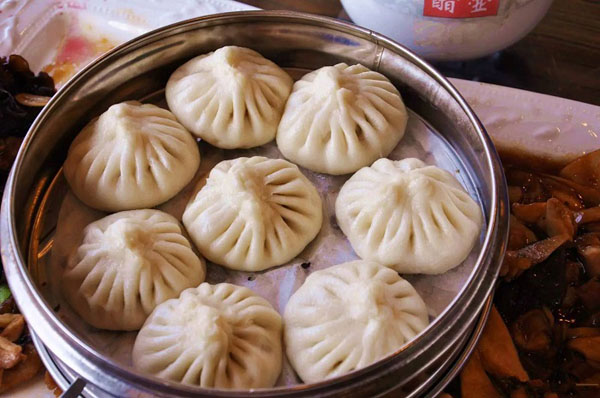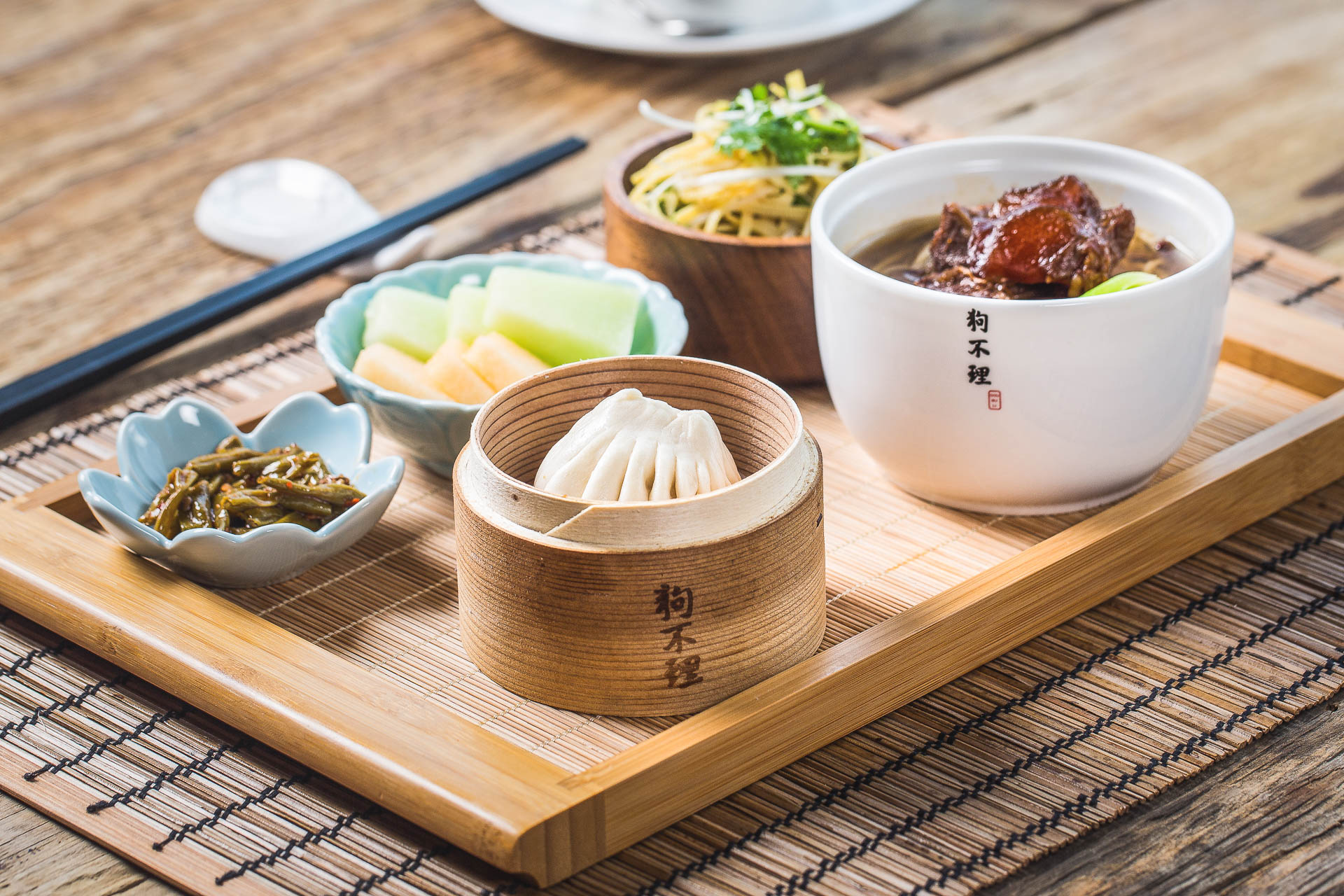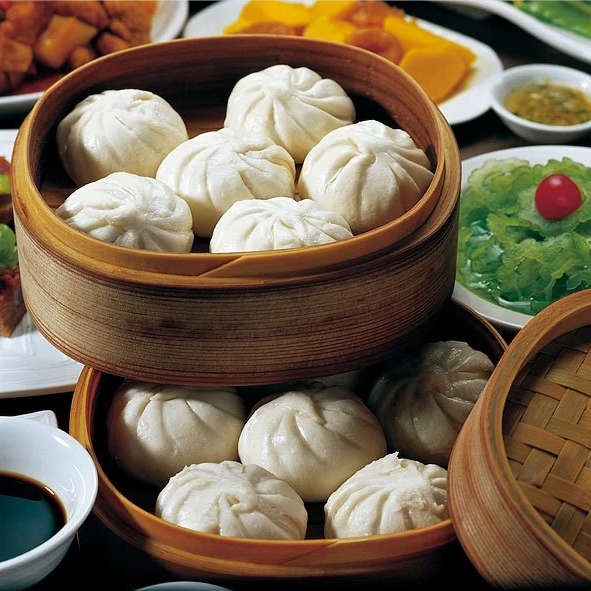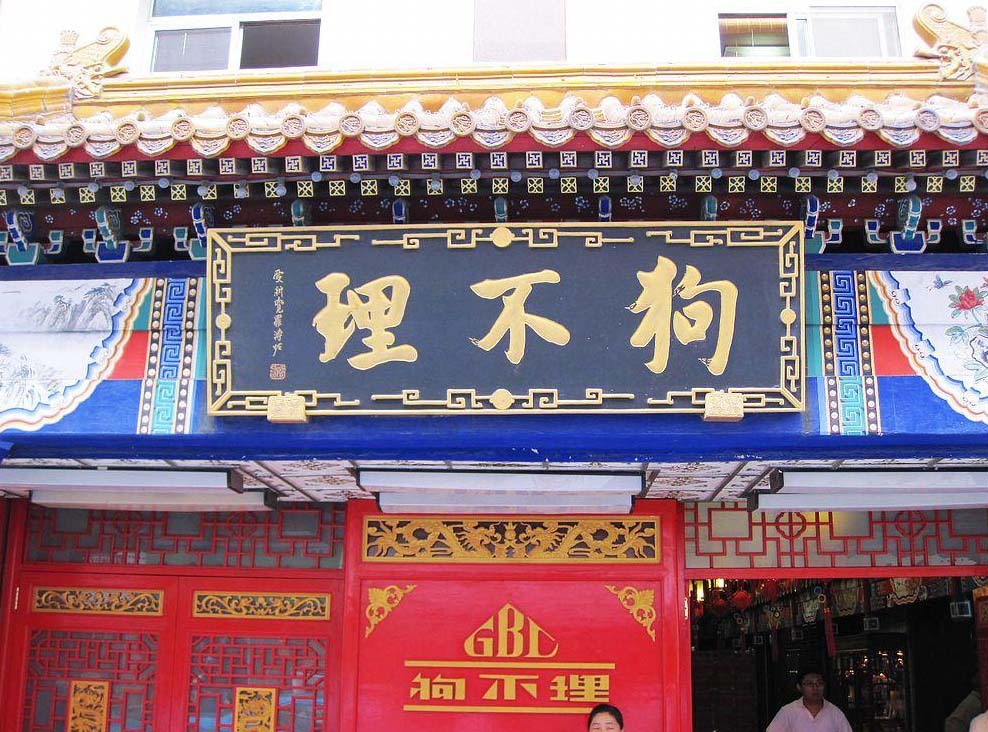Tianjin, a bustling port city in northern China, is not only known for its rich history and beautiful architecture but also for its culinary delights. Among its most famous dishes is the Goubuli steamed bun, a type of steamed stuffed bun that has captured the hearts of locals and tourists alike. This article delves into the origins, characteristics, cultural significance, and the experience of enjoying Goubuli steamed bun.

The Legend Behind Goubuli:The name "Goubuli" translates to "dog doesn’t care," which might seem peculiar at first. According to legend, the restaurant's founder, Gao, was so engrossed in perfecting his baozi that he neglected his dog, leading to the whimsical name. Established in 1858, Goubuli started as a small food stall, and over the years, it grew into a beloved institution in Tianjin, renowned for its dedication to quality and craftsmanship.
Characteristics of Goubuli steamed bun:
Goubuli steamed bun are celebrated for their unique features. Here are some key aspects:Delicate Skin:
The dough is meticulously prepared to be thin yet sturdy enough to hold the filling. The steaming process ensures that the baozi remain fluffy and light.
Savory Filling: Traditionally, the filling consists of finely minced pork mixed with various ingredients like ginger, garlic, and sometimes vegetables. A signature feature is the addition of a rich broth that bursts forth when you bite into the bun, creating an explosion of flavor.

Perfectly Steamed: The baozi are steamed in bamboo baskets, which allows for even cooking and enhances the bun's texture. This traditional method contributes to the overall experience, making each bun a treat for the senses.
Cultural Significance:Goubuli steamed bun is more than just food; it embodies the culinary heritage of Tianjin. The dish reflects the region’s history, and its popularity has spread far beyond the city. Goubuli has become a symbol of Tianjin, much like Peking duck in Beijing or dim sum in Cantonese cuisine.
The restaurant itself has evolved into a cultural landmark, with numerous branches throughout China and even internationally. Despite its growth, Goubuli remains committed to its traditional recipes and cooking methods, ensuring that each baozi maintains its authentic taste.

The Dining Experience:Visiting Goubuli is an experience in itself. The restaurant atmosphere is lively, often filled with the sounds of chatter and the aroma of freshly steamed baozi. When you enter, you’ll likely see chefs at work, skillfully crafting each bun with precision and care.
When ordering, many patrons choose to pair their baozi with traditional condiments like vinegar, soy sauce, and chili oil. These add an extra layer of flavor and complement the savory filling perfectly. The experience is not just about eating but also about savoring the rich history and craftsmanship that goes into each bun.
Modern Adaptations:While the classic pork baozi remains the star of the menu, Goubuli has also embraced innovation. Today, you can find a variety of fillings, including seafood, chicken, and vegetarian options, catering to diverse tastes and dietary preferences. This adaptability has helped keep the restaurant relevant and appealing to younger generations.

Conclusion:Tianjin Goubuli steamed bun is a culinary masterpiece that represents the heart of Tianjin’s food culture. From its intriguing origins to its exquisite taste and cultural significance, Goubuli steamed bun offers a unique window into Chinese culinary traditions. Whether you're a food enthusiast or a curious traveler, indulging in these steamed buns is an unforgettable experience that brings the rich flavors and history of Tianjin to life. If you ever find yourself in Tianjin, make sure to visit Goubuli and savor the delightful baozi that has stood the test of time.



